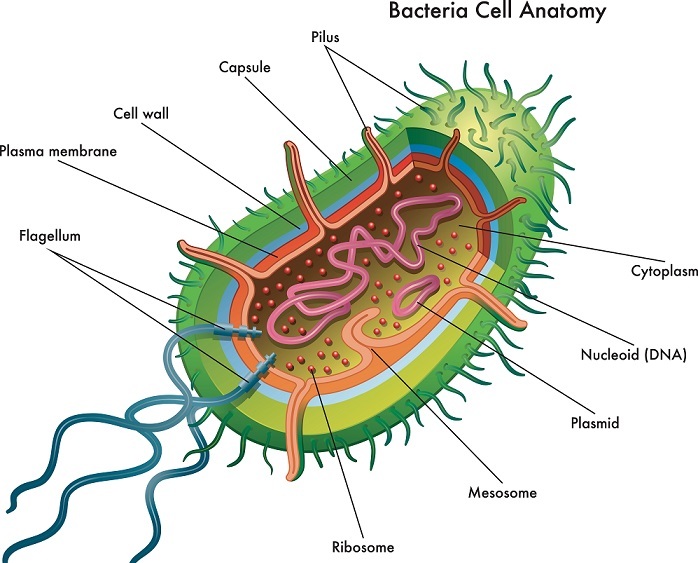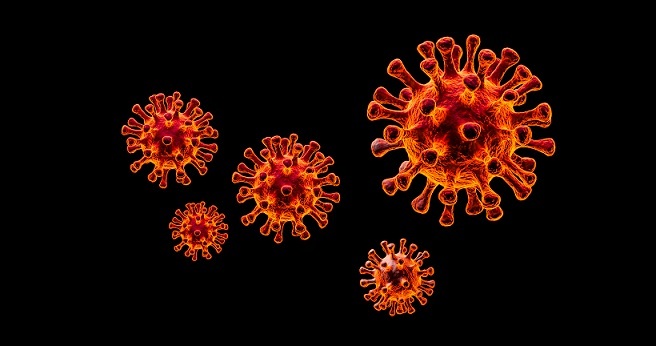
 Data Structure
Data Structure Networking
Networking RDBMS
RDBMS Operating System
Operating System Java
Java MS Excel
MS Excel iOS
iOS HTML
HTML CSS
CSS Android
Android Python
Python C Programming
C Programming C++
C++ C#
C# MongoDB
MongoDB MySQL
MySQL Javascript
Javascript PHP
PHP
- Selected Reading
- UPSC IAS Exams Notes
- Developer's Best Practices
- Questions and Answers
- Effective Resume Writing
- HR Interview Questions
- Computer Glossary
- Who is Who
What is Microbial Physiology?
Introduction
Those organisms which cannot be seen through the naked eye and need to be viewed with the help of a microscope are called microorganisms. Microbes include bacteria, fungi, viruses, and parasites. The study of these microorganisms and their behavior is called microbiology.
Microbial physiology can be defined as the internal and external structure of microorganisms, their functions, the interaction between them, and their response to the immediate environment. It is important to study microbial physiology because of the industrial applications of microorganisms and in scientific research. Microbial physiology involves the study of both aerobic and anaerobic microorganisms.
Topics to Be Covered in Microbial Physiology
To study microbial physiology, one has to study the various processes that are carried out by the microorganisms. These processes are as follows-
Structure of Microorganisms
Growth and Reproduction
Metabolism in Microorganisms
Structure of Microorganisms
Microorganisms can be prokaryotic, or eukaryotic based on whether the nucleus is enclosed within the nuclear membrane or is scattered in the nucleus. Every microorganism has a different shape and size, but what is common in most of the microorganisms is the presence of certain cell organelles. But all the classes differ from one another based on the structure only.
Bacteria
They are prokaryotic cells.  The basic component of the cell includes cell wall, ribosomes, plasma membrane, a capsule, nucleoid, inclusion bodies, flagella and fimbriae.
The basic component of the cell includes cell wall, ribosomes, plasma membrane, a capsule, nucleoid, inclusion bodies, flagella and fimbriae.
The capsule of the bacteria is made up of glycocalyx and helps provide immunity against the human immune system. It is the cell wall that determines the shape of the bacteria. Nucleoid is the DNA of the bacteria that are scattered in the nucleus. Flagella helps in movement and fimbriae helps in the attachment of the cell to surfaces.
Fungus
They are made up of eukaryotic cells, that is they have well-defined nuclei with nuclear membranes. Their cell wall is made up of chitin and provides shape to the cell.
Protozoa
They are similar to fungus in many ways but differ from them in the fact that they do not have cell wall instead they have cell membrane called pellicle, which provides protection to them.
Viruses
They are the most different and difficult microorganisms. They contain a capsid that encloses the genetic material of the viruses. They are known as the bridge between living and non-living as they are non-living outside the body of the host but are living inside them. They bind themselves to various surfaces with the help of spike proteins.

Growth and Reproduction
Growth in the case of microorganisms can be defined as the increase in the number of cells not in the size. A single parent may give rise to the number of cells which results in the formation of colonies. Microorganisms' growth occurs due to reproduction.
There are many ways by which microorganisms reproduce some of which include binary fission, multiple fission, budding, etc.
Growth and reproduction in microbes can be assessed with the help of a growth curve which includes the lag phase, exponential growth phase, stationary phase, and death phase.
Factors that affect the growth and reproduction of microorganisms are the availability of nutrients, pH of the media, oxygen, moisture, temperature, and osmotic potential of the media, etc.
Metabolism in Microorganisms
Metabolism refers to the breakdown of complex substances as well as the synthesis of new products.
In microorganism metabolism refers to the way by which they obtain their nutrients and energy.
For a generation of energy microbes require food and the process of getting food for energy is called nutrition. In microorganisms three main types of nutrition autotrophic (do not depend on other organisms), heterotrophic (depend on other organisms), and saprophytic (depend on dead decaying organic matter).
These are the common ways by which microbes obtain their nutrition for the generation of energy through respiration.
Anaerobic respiration is seen in some organisms, that leads to the production of alcohol, this process is known as fermentation.
Reducing powers like NADH, NADPH, FADH, etc. are obtained by lithotrophic and organotrophic mode of nutrition.
Importance of Microbial Physiology
Studying the behavior of microorganisms is important for their industrial application. Several microorganisms are used in the baking, beverages, and alcohol industries. Studying microorganism help in the downstream processing using them.
Genomic-level studies of microorganisms have made it possible to study disease-causing microorganisms and development of medicines and vaccines against them.
Genetically modified microorganisms have been used to optimize the process of industrial fermentation. This process is referred to as metabolic engineering.
Microbial physiology helps us to study the mechanism of development of disease resistance in bacteria and to study the methods to overcome this.
Recently during the outbreak of Corona, sequencing the whole genome of the virus has helped scientists to develop its vaccination and medicine to be given to the person suffering from Corona.
Conclusion
The application of microbial physiology has opened new gates in the field of medicine and microbial research. In depth, understanding of microorganisms and their behavior in a given environment will lead to a greater understanding of the interaction of microorganisms at a quantitative level. This will in turn have a greater impact on the engineering of their metabolic pathways.

